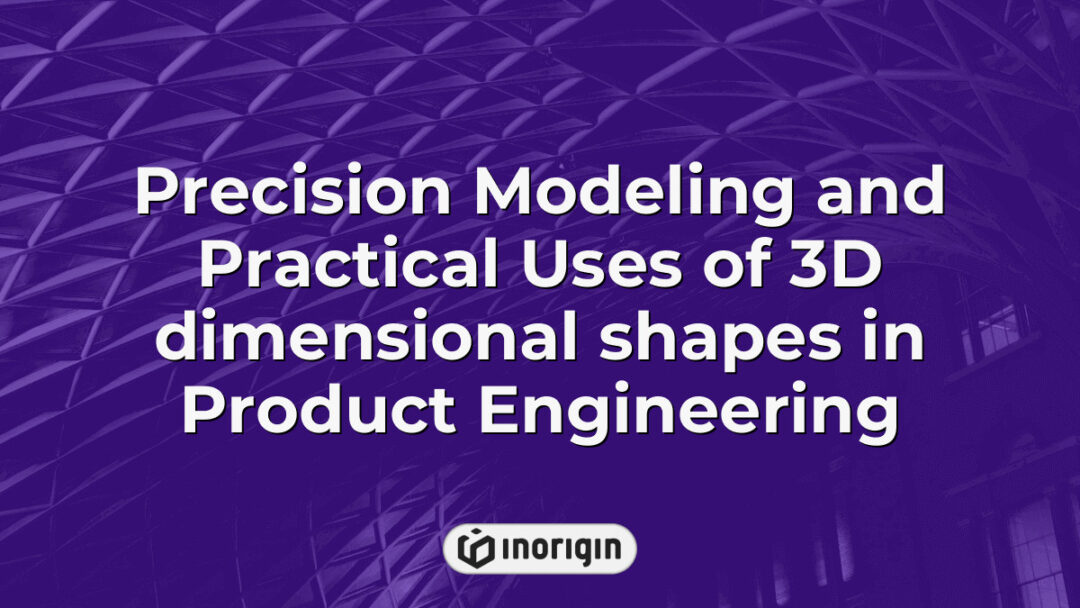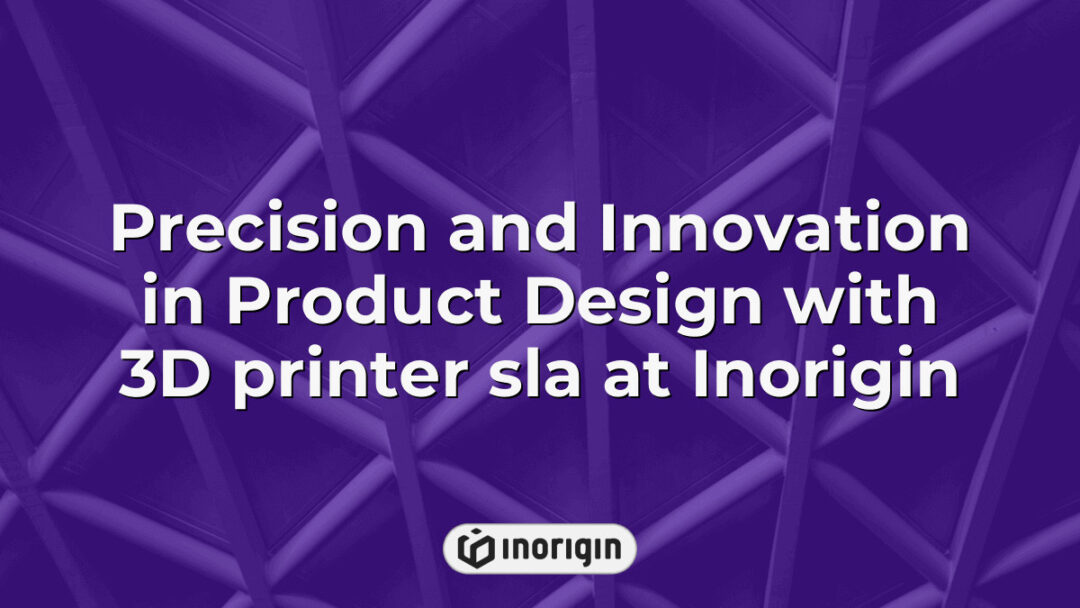The advent of 3D printing technology has revolutionized various fields, enabling the transformation of digital designs into tangible objects with unparalleled precision. Among its most intriguing applications is the creation of lithophanes—delicate three-dimensional artworks that reveal intricate imagery when backlit. This innovative technique employs a unique interplay between light and material, where varying thicknesses of translucent filament produce stunning visual effects that captivate viewers. As interest in personalized art and functional decor continues to surge, understanding the principles behind 3D print lithophanes offers valuable insights into both artistic expression and technological advancement, bridging the gap between traditional craftsmanship and modern manufacturing processes.
| Aspect | Key Takeaway |
|---|---|
| Focus Keyword Definition | A 3D print lithophane is a translucent three-dimensional artwork created by varying material thickness to reveal intricate images when backlit, combining artistic design with advanced 3D printing technology. |
| Material Selection | Choosing appropriate filaments like PLA, PETG, or ABS significantly affects a lithophane’s translucency, durability, and overall visual depth. |
| Design Techniques | High-contrast images, specialized software, and optimized layer orientation are critical for producing detailed and visually striking lithophanes. |
| Printer Settings | Using fine layer heights, slower print speeds, and proper infill density enhances detail resolution and light transmission in lithophane prints. |
| Post-Processing | Sanding, polishing, and applying clear coatings improve light diffusion and surface finish, elevating the lithophane’s aesthetic and longevity. |
| Lighting Effects | Direct and diffused lighting dramatically alter lithophane appearance; selecting the right illumination enhances detail visibility and ambiance. |
| Creative Display | Innovative display methods such as backlighting, framing, or mounting on acrylic panels amplify the artistic and functional impact of 3D printed lithophanes in product design and decor. |
Understanding Lithophanes And Their History
The intricate beauty of lithophanes can be likened to the delicate layers of an onion, where each peel reveals a new dimension and depth. Originating in 19th-century Europe, lithophanes are three-dimensional images created from varying thicknesses of translucent porcelain. When illuminated from behind, these variations allow light to penetrate through different areas, resulting in striking visual effects that evoke emotion and narrative. Historical records indicate that these artistic objects were primarily produced in France and Germany during the early 1800s, serving as both decorative art pieces and functional items such as lampshades or nightlights. As they gained popularity among the upper classes, lithophanes became symbols of technological advancement in ceramics and artistry—representing a confluence of craftsmanship and innovation at that time. The resurgence of interest in lithophane technology today is facilitated by advancements in digital fabrication methods, allowing contemporary artists to explore this medium with newfound precision while preserving its rich heritage. Such developments not only reaffirm the cultural significance of lithophanes but also invite further exploration into their potential applications within modern design contexts.
The Science Behind 3D Printing Lithophanes
The science behind 3D printing lithophanes encompasses a fascinating intersection of art and technology, raising the question: how can light manipulation transform simple materials into intricate visual narratives? Lithophanes rely on varying thicknesses of material to create images that reveal themselves when illuminated from behind. This phenomenon is rooted in fundamental principles of optics; specifically, the way light interacts with different densities and geometries affects its transmission and diffusion. Consequently, advancements in 3D printing technology have enabled greater precision in crafting these delicate structures, allowing for more detailed representations than ever before. The following aspects are crucial for understanding this process:
- Material Selection: Different filament types exhibit unique properties affecting translucency and strength.
- Design Software: Sophisticated software tools enable artists to convert digital images into 3D models optimized for printing.
- Printer Settings: Parameters such as layer height, infill density, and print speed significantly influence the final quality of the lithophane.
- Post-processing Techniques: Finishing methods like sanding or painting enhance the aesthetic appeal and durability of printed pieces.
By leveraging these scientific principles along with technological capabilities, lithophanes emerge not merely as decorative objects but also as profound expressions of imagery transformed through innovation.
Choosing The Right Materials For 3D Printing Lithophanes
Selecting the appropriate materials for 3D printing lithophanes is paramount, as this choice can significantly influence both the aesthetic quality and structural integrity of the final product. To begin with, various filament types exhibit distinct properties that affect light transmission and detail resolution; hence, understanding these characteristics becomes essential. Additionally, factors such as printability and durability must also be considered to ensure optimal outcomes in production. For example:
- Common Filament Options
- PLA (Polylactic Acid): Known for its ease of use and excellent layer adhesion.
- PETG (Polyethylene Terephthalate Glycol-Modified): Offers a balance between flexibility and strength while providing good clarity.
- ABS (Acrylonitrile Butadiene Styrene): Provides robustness but may require more advanced settings due to warping tendencies.
Furthermore, the selection process should account for specific project requirements, including desired opacity levels and environmental conditions where the lithophane will be displayed. The interplay between material transparency and thickness directly influences how light interacts with the printed object, thereby affecting visual depth and intricacy. Consequently, choosing materials thoughtfully contributes not only to functional performance but also enhances artistic expression within lithophane designs. Ultimately, informed decision-making regarding material selection plays a crucial role in achieving satisfying results in 3D printed lithophanes.
Designing Your Own Lithophane: Tools And Techniques
Designing a lithophane requires an understanding of both artistic and technical aspects to achieve the desired visual effect when backlit. Initially, selecting an appropriate image is crucial; high-contrast images tend to produce more striking results. Subsequently, various software tools can be utilized for converting these images into 3D models. For instance, programs such as Photoshop or GIMP can manipulate the image’s contrast and brightness levels before exporting it to specialized lithophane design software like Lithophane Maker or Cura. These applications allow users to adjust parameters such as thickness and size, which significantly influence the final product’s quality and depth perception when illuminated. Additionally, consideration must be given to the orientation of layers during printing to optimize light diffusion through different thicknesses in the model. By integrating these techniques with careful planning and execution, designers can effectively create personalized lithophanes that serve both decorative and functional purposes in various settings.
Post-Processing And Displaying Your 3D Printed Lithophanes
Post-processing and displaying 3D printed lithophanes are critical steps that enhance the aesthetic appeal and overall quality of the final product. Initially, post-processing may involve removing support structures and addressing any surface imperfections resulting from the printing process. Techniques such as sanding or polishing can improve translucency, allowing light to pass through more evenly, thereby augmenting the visual impact of the lithophane when illuminated. Furthermore, applying a clear coat or finish may serve to protect the print while enhancing its surface sheen. Subsequently, selecting an appropriate display method is essential for showcasing the lithophane effectively; options include backlighting with LED panels or embedding within frames that allow for light diffusion. The choice of materials for these displays significantly influences how well the lithophane is perceived in various lighting conditions. Ultimately, careful consideration of both post-processing techniques and display strategies contributes to achieving a high-quality representation of this unique art form.
Frequently Asked Questions
What Are Some Common Mistakes To Avoid When Creating 3D Printed Lithophanes?
Creating a 3D printed lithophane can be likened to crafting a delicate tapestry, where each thread must be meticulously woven to reveal the desired image when illuminated. However, various pitfalls may hinder this artistic endeavor, transforming what should be an intricate masterpiece into a lackluster representation of its intended form. To avoid such detrimental outcomes, careful consideration must be given to several common mistakes that often besiege creators in their pursuit of perfection.
- Inadequate resolution of input images leading to loss of detail
- Incorrect selection of print settings, particularly layer height and speed
- Neglecting the importance of material choice affecting translucency
- Poor calibration or maintenance of printing equipment resulting in inconsistencies
- Failing to properly orient the model during printing, which can cause unwanted artifacts
By recognizing these potential missteps—akin to identifying frayed threads before they unravel a carefully designed fabric—creators can enhance both the quality and aesthetic appeal of their lithophanes. Attention to detail at every stage, from image preparation through final adjustments on the printer itself, is paramount for achieving vivid representations that truly come alive under light. The journey towards producing stunning 3D printed lithophanes necessitates diligence and foresight; thus, taking proactive measures against prevalent errors will ultimately yield rewarding results worthy of display.
Can Lithophanes Be Used For Functional Purposes, Or Are They Purely Decorative?
Lithophanes, often regarded as intricate works of art that reveal their beauty through the interplay of light and shadow, possess a multifaceted nature that extends beyond mere aesthetic appeal. While traditionally celebrated for their decorative qualities, lithophanes can also serve functional purposes in various contexts. For instance, when designed with specific dimensions and material properties, lithophanes may function effectively as lampshades or nightlights, transforming illumination into an ambient experience while showcasing artistic designs. Furthermore, incorporating lithophane elements into architectural features such as windows or room dividers allows for both practical utility and visual impact. As advances in 3D printing technology continue to evolve, the potential applications of lithophanes are expanding; they may increasingly find relevance in educational settings for teaching concepts related to light diffusion and optics. Thus, while primarily admired for their ornamental value, lithophanes indeed occupy a dual role encompassing functionality alongside artistry.
How Do Different Lighting Conditions Affect The Appearance Of A Lithophane?
The appearance of a lithophane is significantly influenced by various lighting conditions, which can alter the perception and emotional response elicited from viewers. Firstly, direct illumination tends to enhance the contrast between the raised and recessed areas of the lithophane, thereby accentuating fine details within the image. Conversely, diffused or ambient light creates a softer effect, resulting in a more subdued representation that may obscure intricate features but allows for greater overall uniformity. Moreover, varying the intensity of light can lead to different interpretations; brighter settings often yield sharper outlines and vivid imagery, while lower levels create an ethereal quality with muted tones. Lastly, the color temperature of the light source—be it warm or cool—affects chromatic perceptions and mood associations linked to specific images depicted in lithophanes.
- Direct lighting enhances detail visibility.
- Diffused lighting softens contrasts and promotes uniformity.
- Light intensity influences sharpness and vibrancy.
- Color temperature affects emotional responses associated with imagery.
These factors collectively underscore how crucial lighting is in determining not only aesthetic appeal but also interpretive experiences regarding lithophanes as artistic expressions. Understanding these dynamics enables creators and audiences alike to appreciate the full potential of lithophanes under diverse environmental contexts.
What Are Some Creative Ways To Display 3D Printed Lithophanes In Home Decor?
The display of 3D printed lithophanes in home decor can take various innovative forms that enhance both aesthetic appeal and functionality. One popular method involves backlighting the lithophane, which accentuates its intricate details and transforms it into a captivating light source; this technique not only highlights the three-dimensional quality of the artwork but also creates an inviting ambiance in living spaces. Furthermore, incorporating lithophanes into decorative frames or shadow boxes serves to integrate them seamlessly with existing decor while providing protection from dust and damage. Another creative approach includes mounting these pieces on wall surfaces using transparent materials such as acrylic panels, thereby allowing natural light to filter through during the day, thus enhancing their visual impact without reliance on artificial lighting. Additionally, utilizing stands or easels designed specifically for lithophanes allows for versatility in placement throughout various rooms, permitting users to easily change the location based on occasion or mood. Each of these methods contributes uniquely to the overall design narrative within a space, demonstrating that 3D printed lithophanes can serve as both artistic expressions and functional elements of interior design.
Are There Any Specific Printer Settings Recommended For Achieving The Best Results With Lithophanes?
Achieving optimal results when printing lithophanes necessitates careful consideration of specific printer settings that influence the quality and translucence of the final product. First, layer height plays a crucial role; it is recommended to use a smaller layer height, typically around 0.1 mm or lower, which enhances detail resolution and improves light diffusion properties. Second, print speed should be adjusted accordingly; slower speeds allow for finer details to manifest without compromising structural integrity. Third, infill density requires attention as well; utilizing a low infill percentage (around 10-20%) can facilitate greater light transmission through the material while maintaining adequate strength. Lastly, temperature settings are vital; experimenting with nozzle temperatures in the range of 200-220°C can yield varying effects on filament flow and clarity.
Moreover, employing these specified adjustments not only optimizes the aesthetic qualities of lithophanes but also ensures their durability over time. The combination of precise layer heights, controlled print speeds, appropriate infill densities, and carefully regulated temperatures contributes significantly to producing high-quality three-dimensional representations capable of showcasing intricate details effectively. As such, adherence to these guidelines will enhance both the visual impact and functional viability of printed lithophanes within diverse applications in home decor and beyond.
Conclusion
The creation of 3D printed lithophanes exemplifies innovation in art and technology, transforms images into tactile experiences, enhances emotional connections through light and shadow, and encourages exploration of design possibilities. By embracing these techniques, artists can continue to redefine the boundaries of visual expression within contemporary mediums.
Related posts:
- Creating Photo-Realistic Home Decor with Lithophane 3D Print Techniques
- Lithophane Maker Techniques for Creating Detailed and Luminous 3D Prints
- The Art and Science Behind a 3D printed lithophane’s Precision and Beauty
- 3D rendering Techniques Driving Architectural Design and Visual Realism at Inorigin
- Advanced Techniques and Industry Applications of 3D Picture Technology at Inorigin
- Precision Techniques to Create 3D Model from Photos for Flawless Product Design




